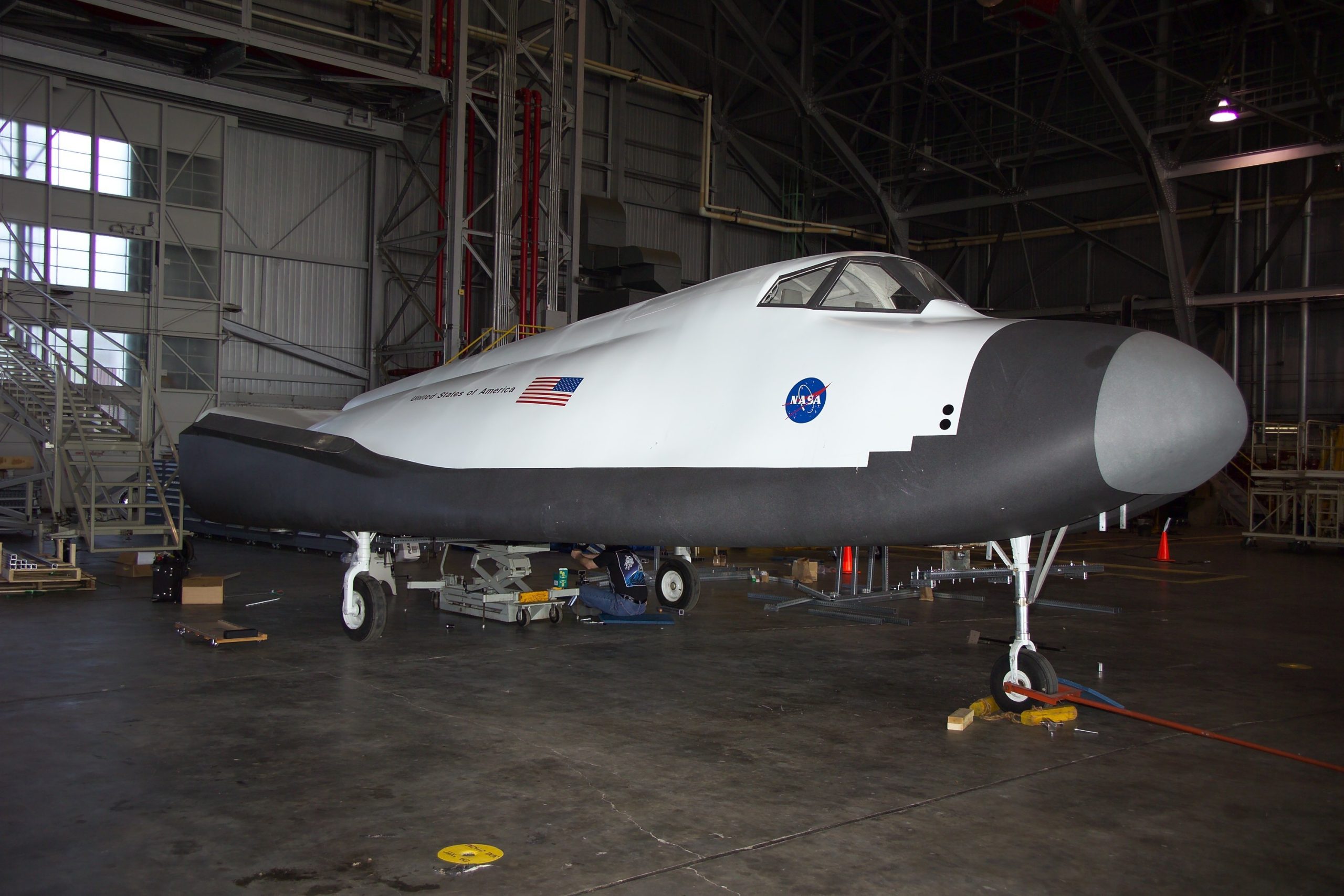Sierra Space’s Dream Chaser is poised to redefine space transportation. A stark departure from the capsule-based spacecraft dominating the industry, this innovative spaceplane embodies a return to the aerodynamic efficiency of lifting-body designs.
Drawing inspiration from NASA’s HL-20 concept, the Dream Chaser boasts a sleek, aircraft-like profile that promises enhanced maneuverability and precision landing capabilities. Initially tasked with resupplying the International Space Station, this versatile vehicle is engineered to carry over 11,000 pounds of cargo within its spacious payload bays and the attached Shooting Star module.

As the Dream Chaser, christened Tenacity, started on its maiden voyage, it carried not only vital supplies but also the hopes of a new era in space logistics. This mission serves as a crucial testbed for the spacecraft’s systems, validating its design and performance as a precursor to future crewed flights.
With its potential for reusability and horizontal landing, the Dream Chaser signals a promising future for space travel and exploration. Sierra Space’s Dream Chaser, a pioneering winged spacecraft designed for cargo resupply missions to the International Space Station, is experiencing delays in its highly anticipated inaugural flight.
Initially projected for launch during the spring of 2024, the mission has been postponed, with the new launch date currently undetermined but likely falling within the next year. The spacecraft is currently undergoing meticulous final preparations and testing at NASA’s Kennedy Space Center, the same facility that once housed the components of the ISS.

This crucial phase involves the integration of the remaining thermal protection system, rigorous testing of the propulsion system, and subjecting the spacecraft to simulated launch conditions to ensure its resilience in the harsh environment of space.
As the Dream Chaser inches closer to its maiden voyage, the aerospace community eagerly awaits the moment this innovative spacecraft takes its place among the ranks of space exploration vehicles.

